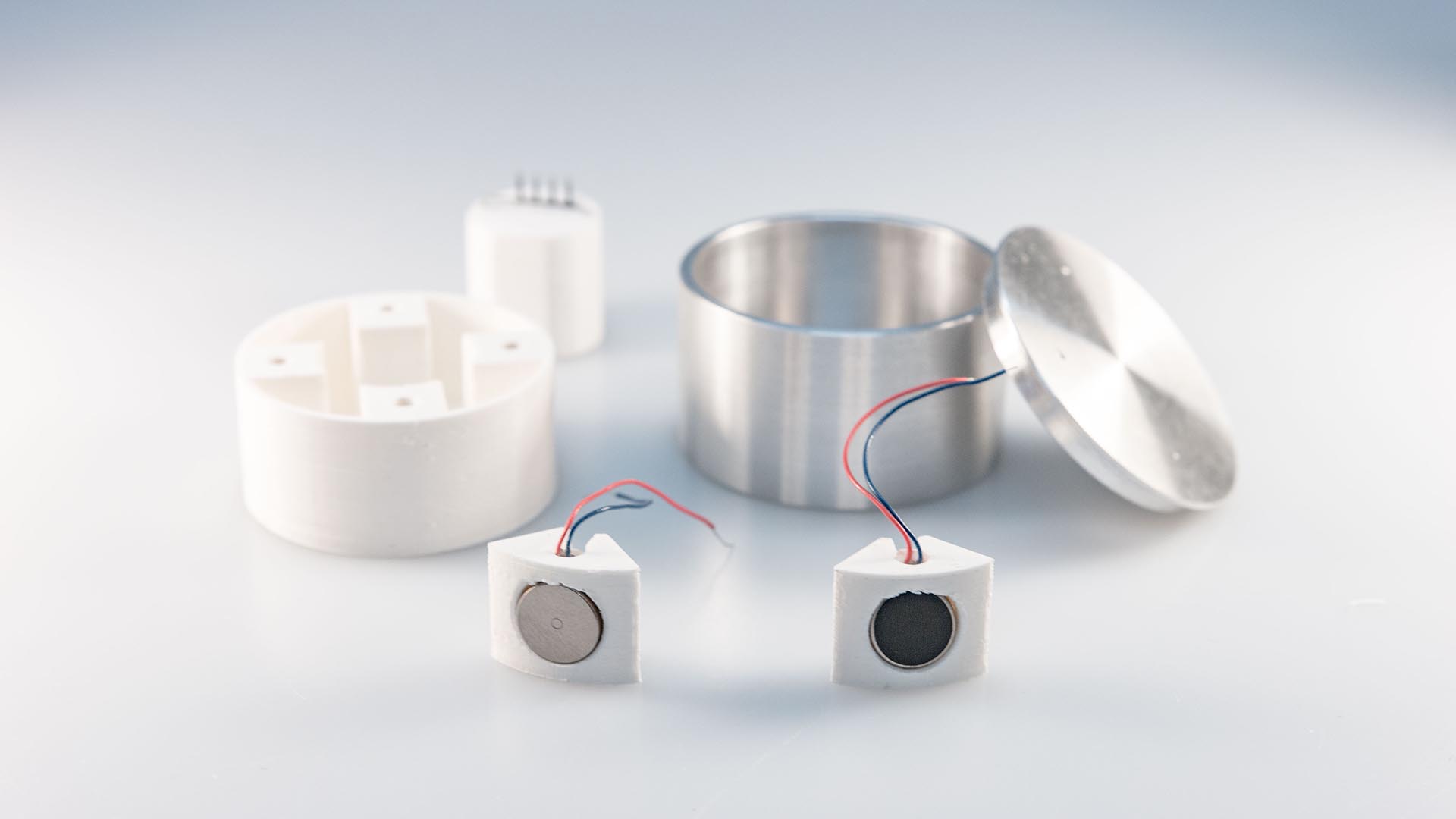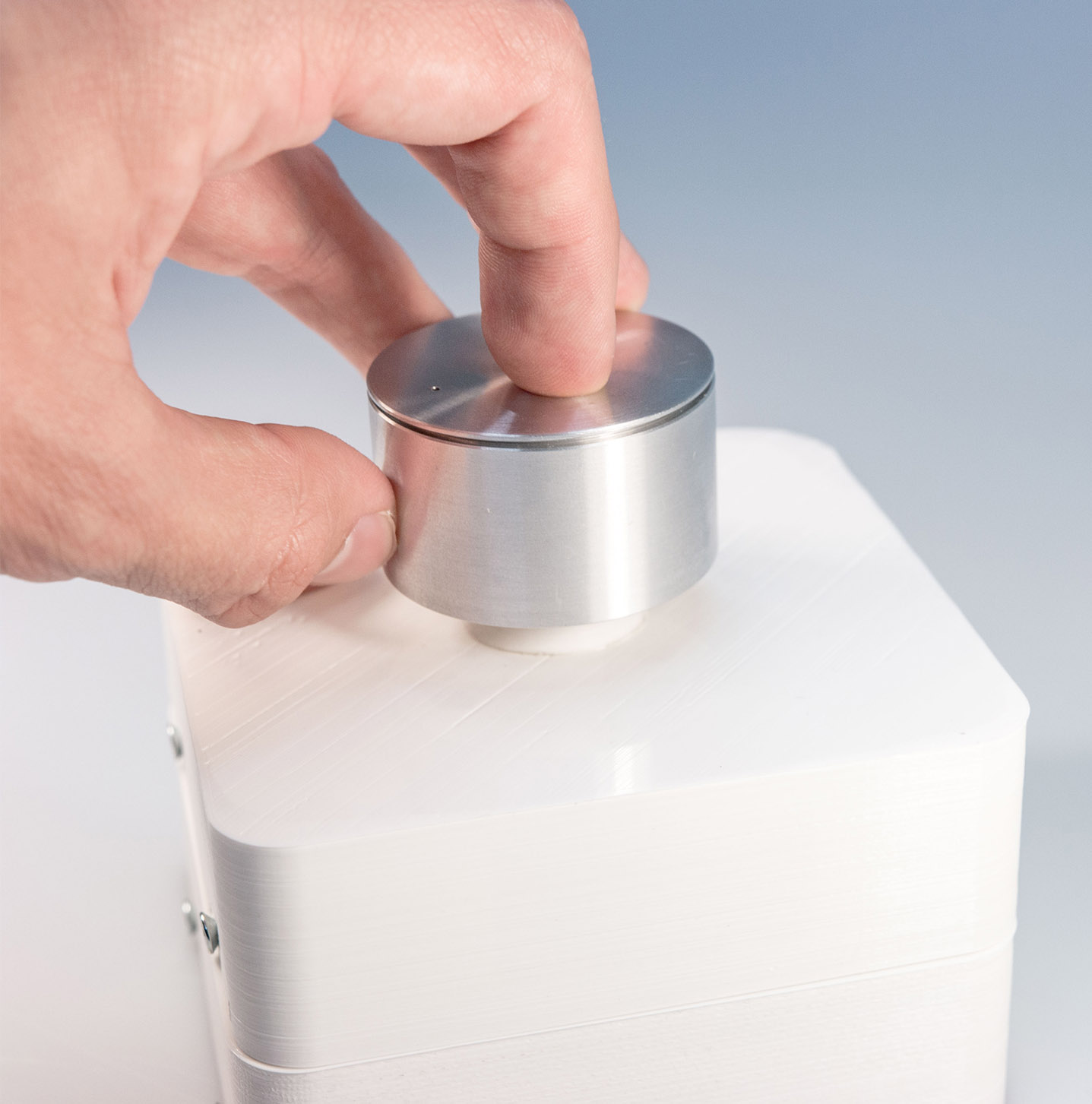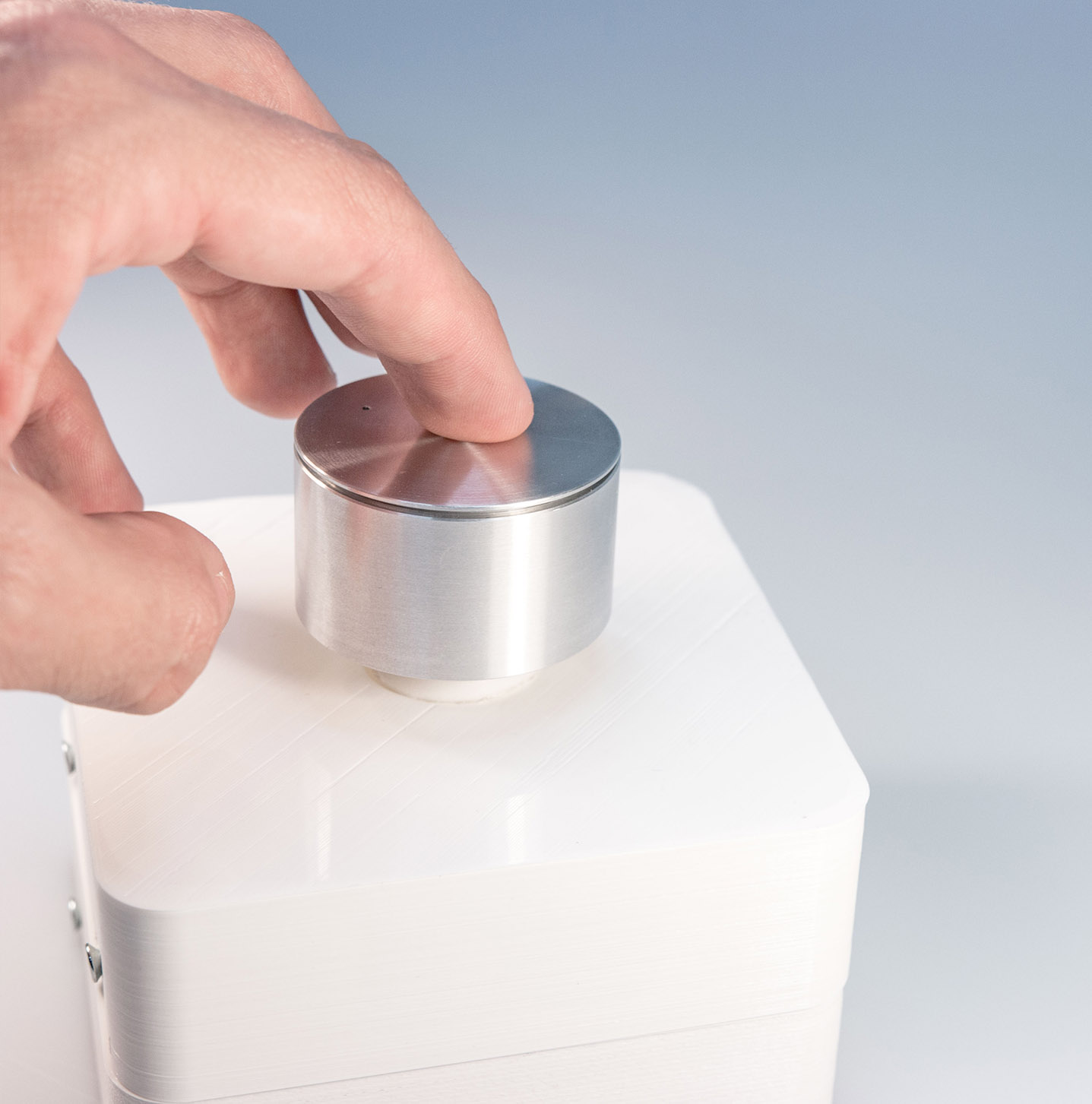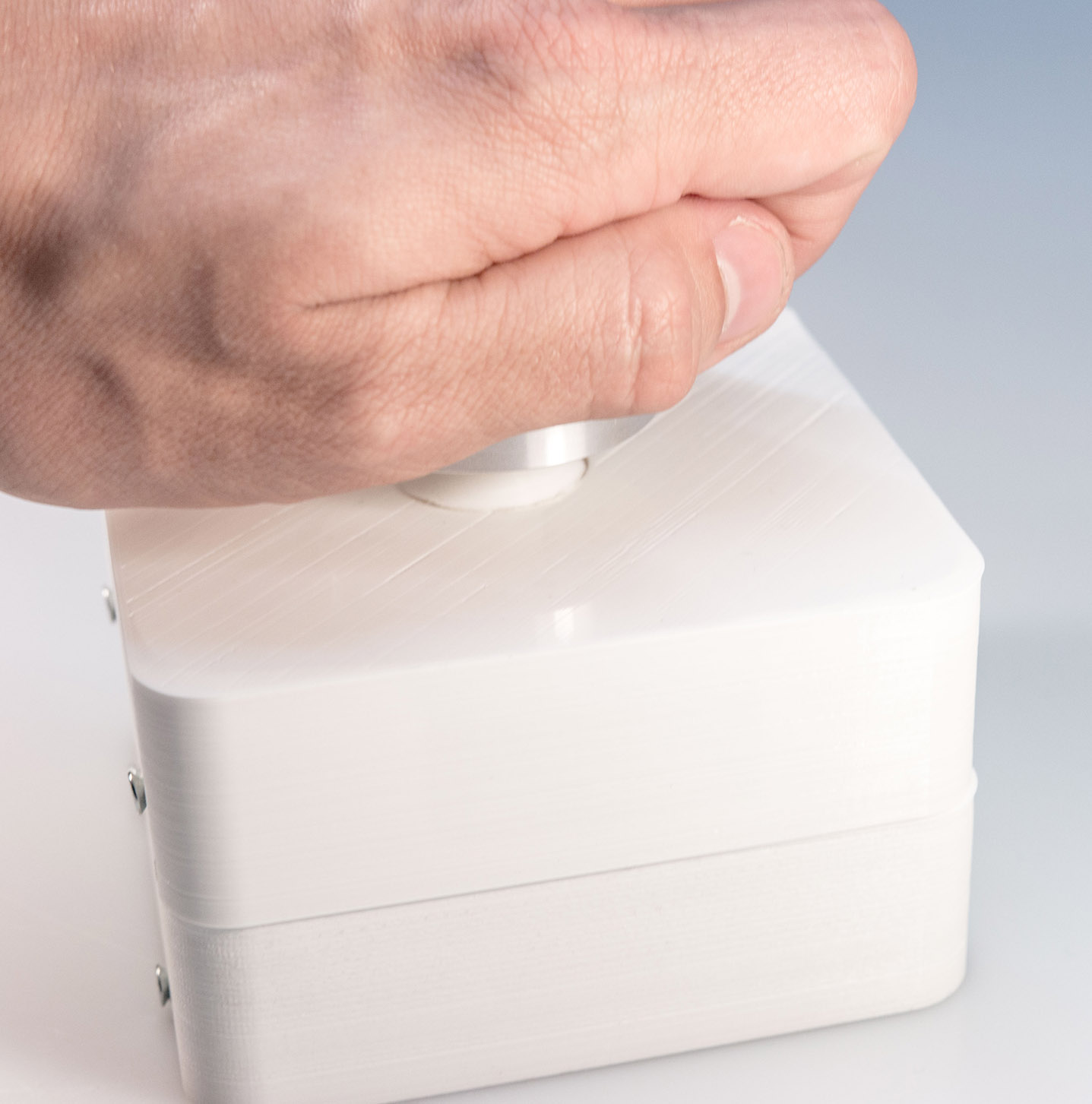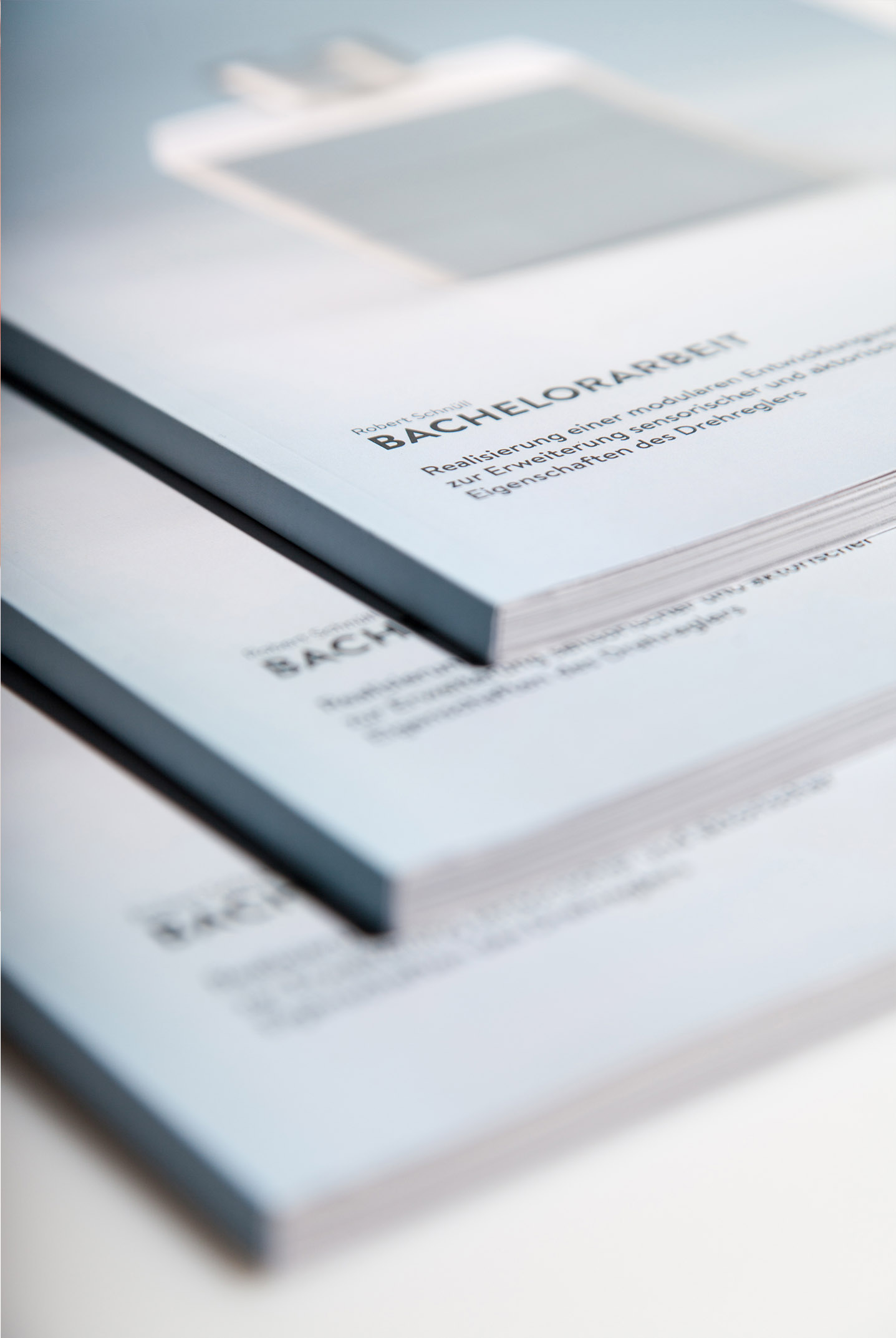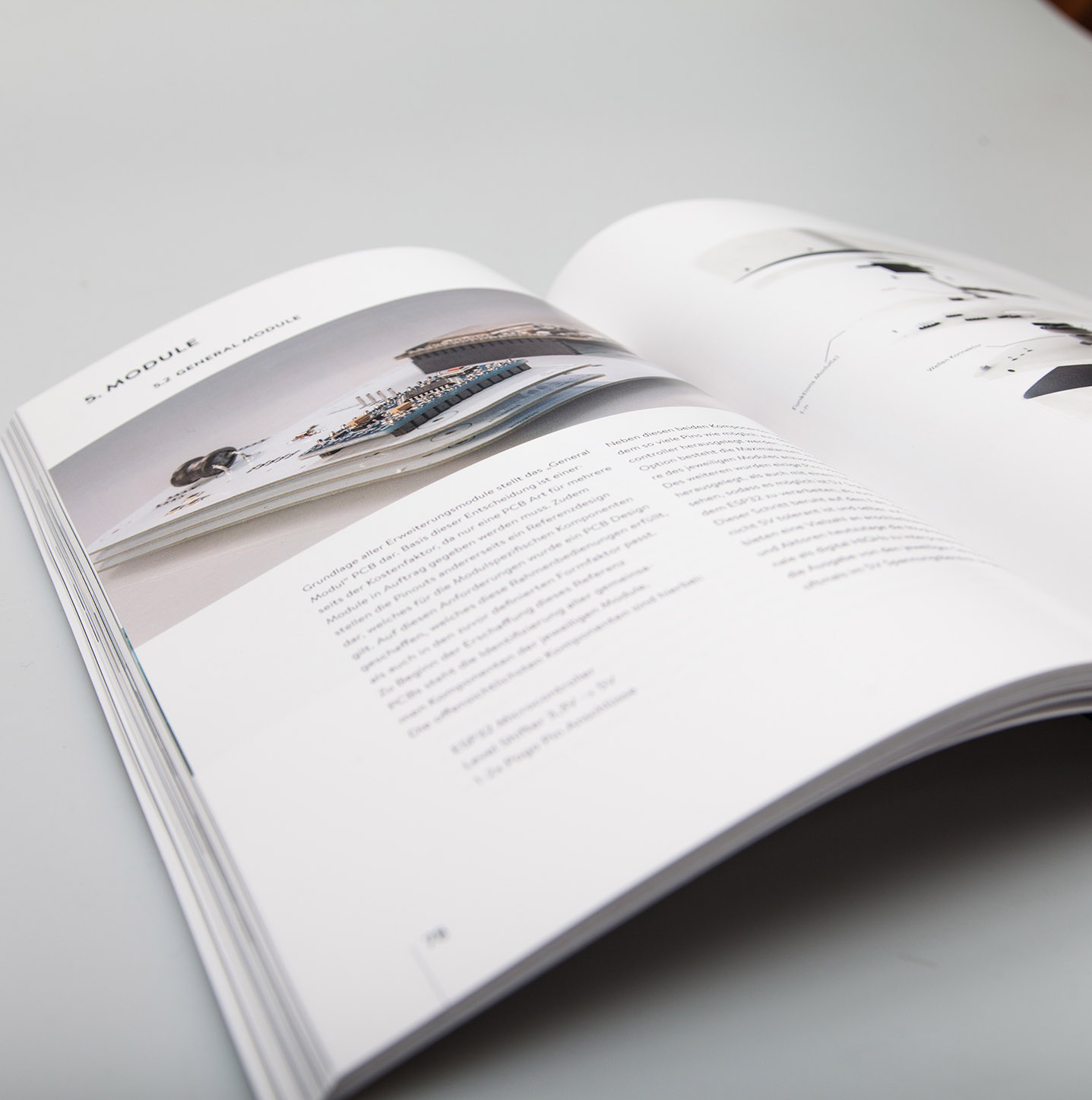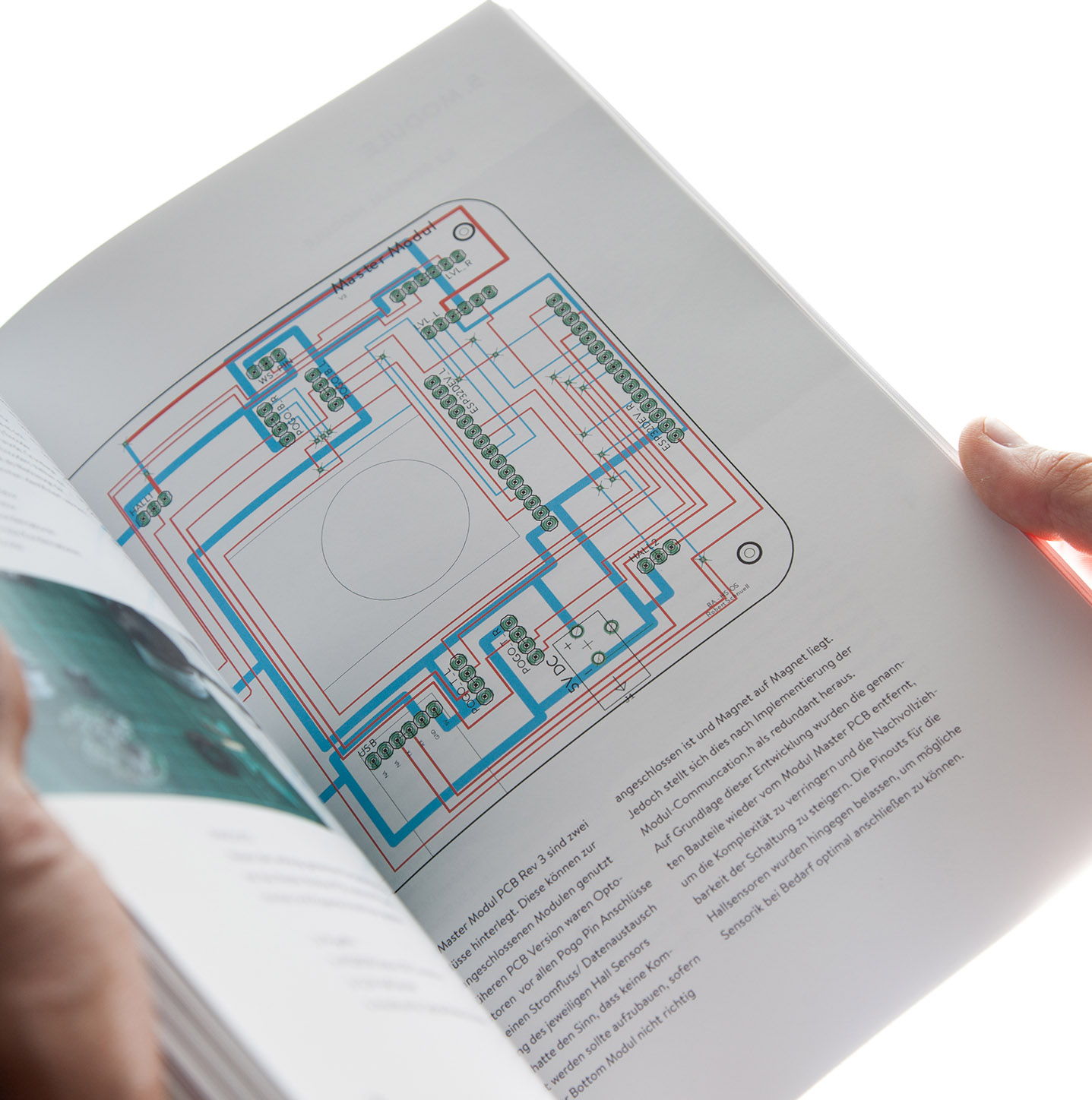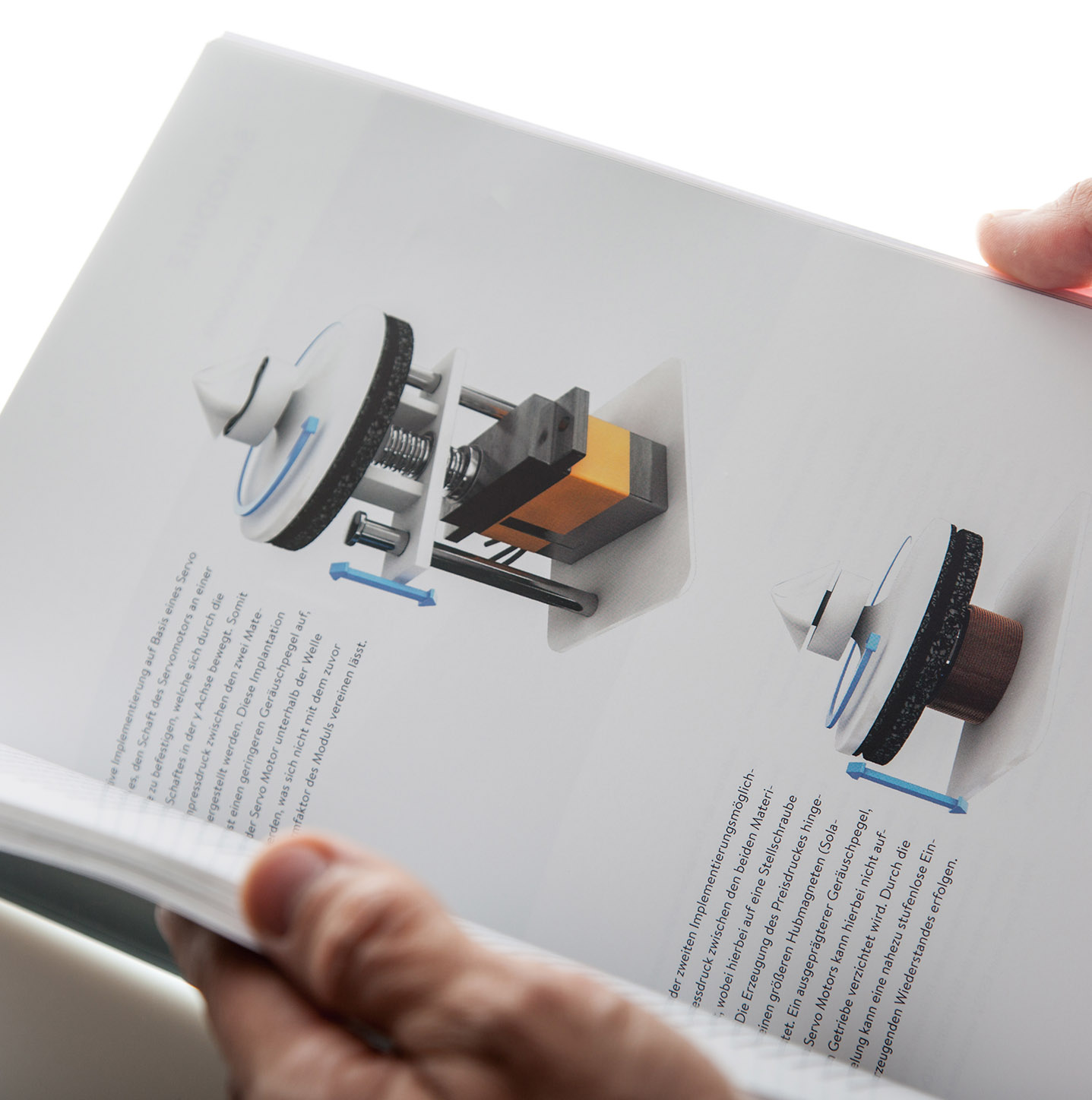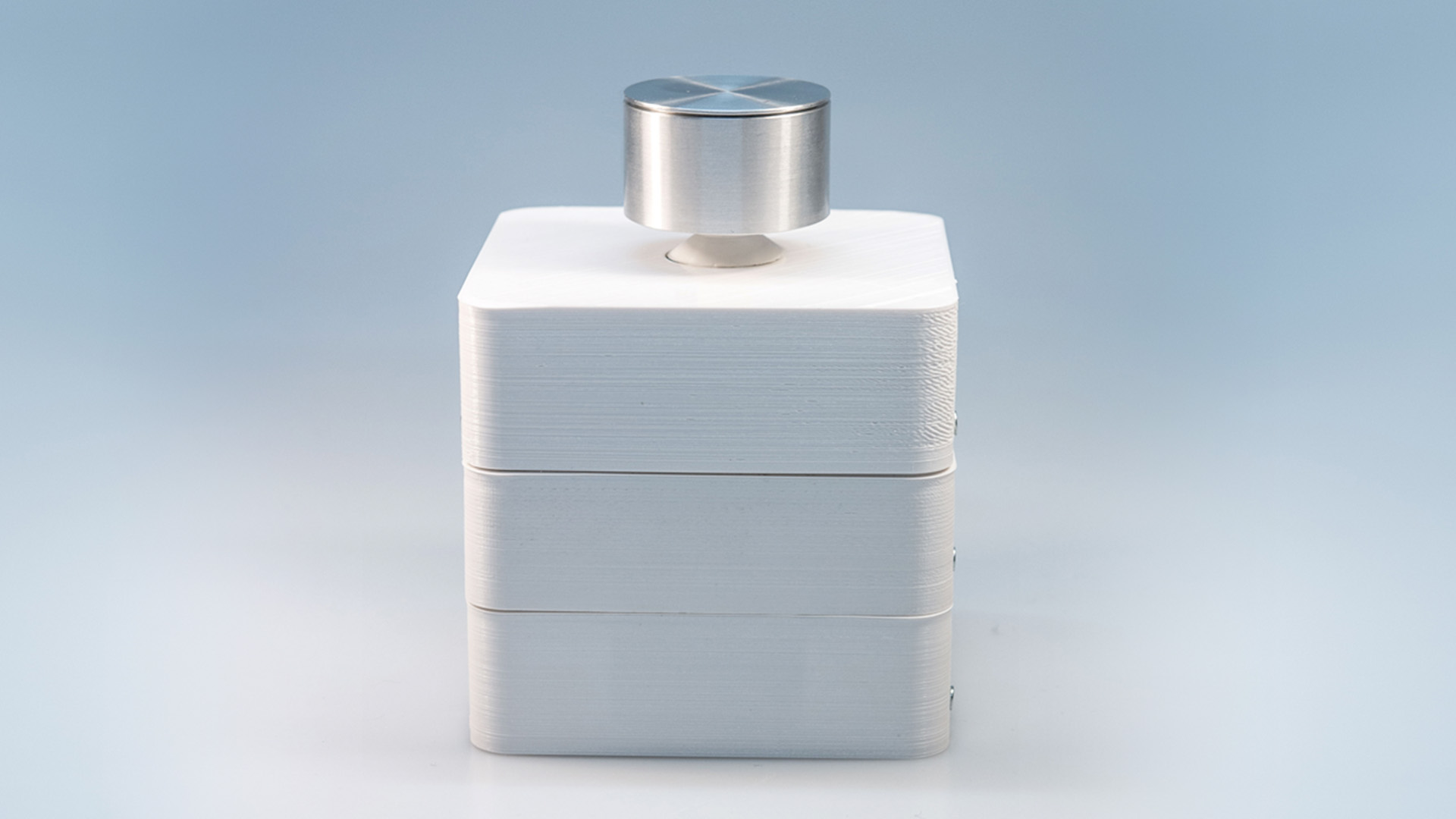
The bachelor thesis „Implementation of a modular developing environment for extending sensory and actory features to a knob“ was written as part of the research project „potentials of ambient communication environments“.
The goal of this thesis was to explore and shape awareness for ambient interactions for common input devices. One of this devices which is often used in different types of products in our daily use is the knob/ rotary encoder.
It was identified that the knob as an input device has a potential for extending itself with ambient communication interactions. Different ambient technologies to achieve this were explored and classified.
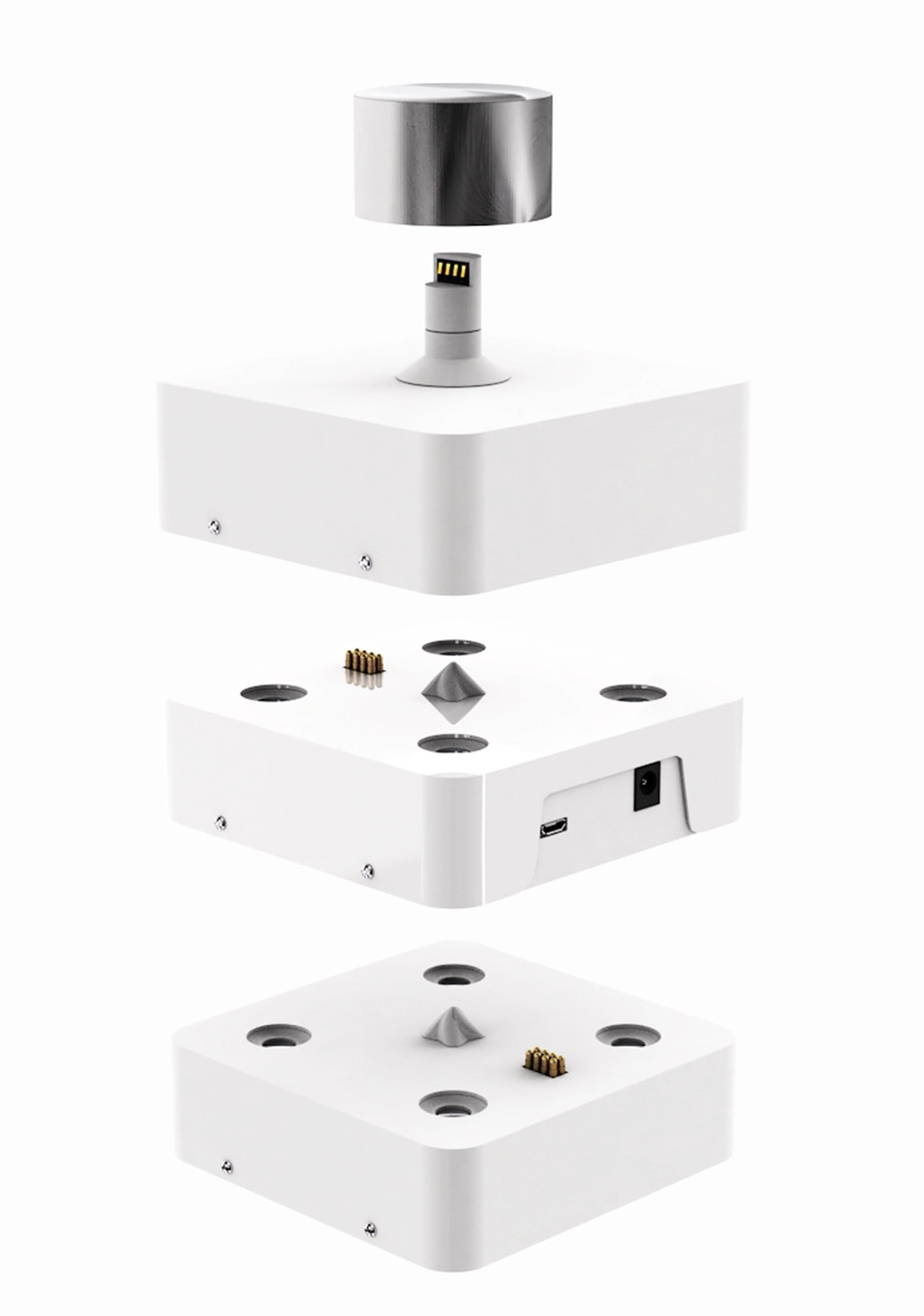
MODULAR
The idea of a modular developing environment was that Designers often identified ambient communication technologies as a potential for user interactions in a defined use case, but they are not able to test these different technologies restricted by the implantation of them. With a modular environment Designers are able to evaluate these technologies for extending user interactions with a knob.

USECASE
On the one hand it is possible to achieve more complex user interaction by adding ambient communication technologies to a knob. On the other hand it is possible to create more reasoned interaction. As an example with an heat feedback inside the knob it is possible to identify the user about some kind of event that with a sound of a visual feedback. With this feedback the user is not interrupted at its current usage, but also got the information.
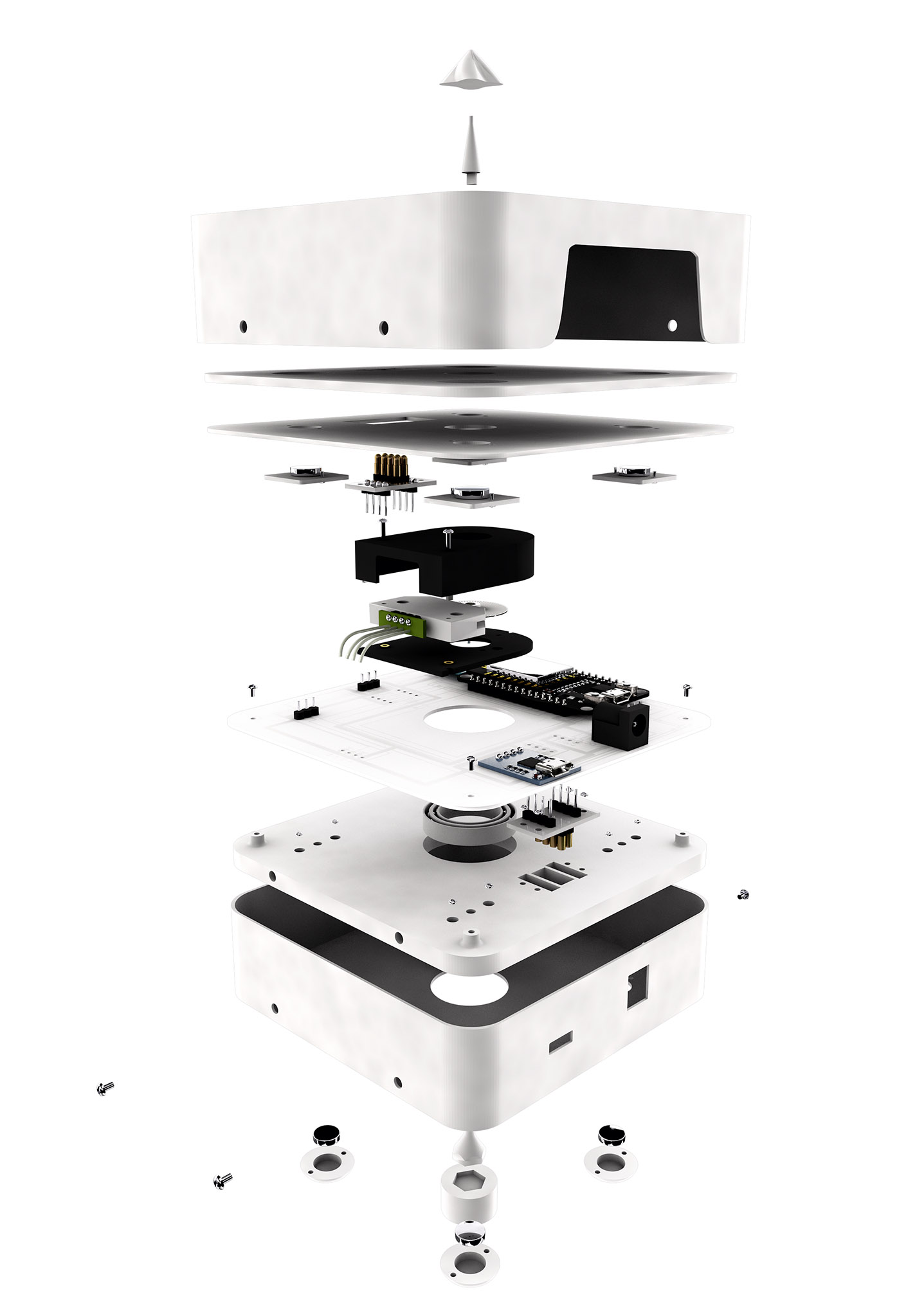
Different modules to extend the experience of using a knob were created as concepts as well as some of them were builded as functional prototypes. In the following section some of the functional prototypes are described shortly.
MODULES
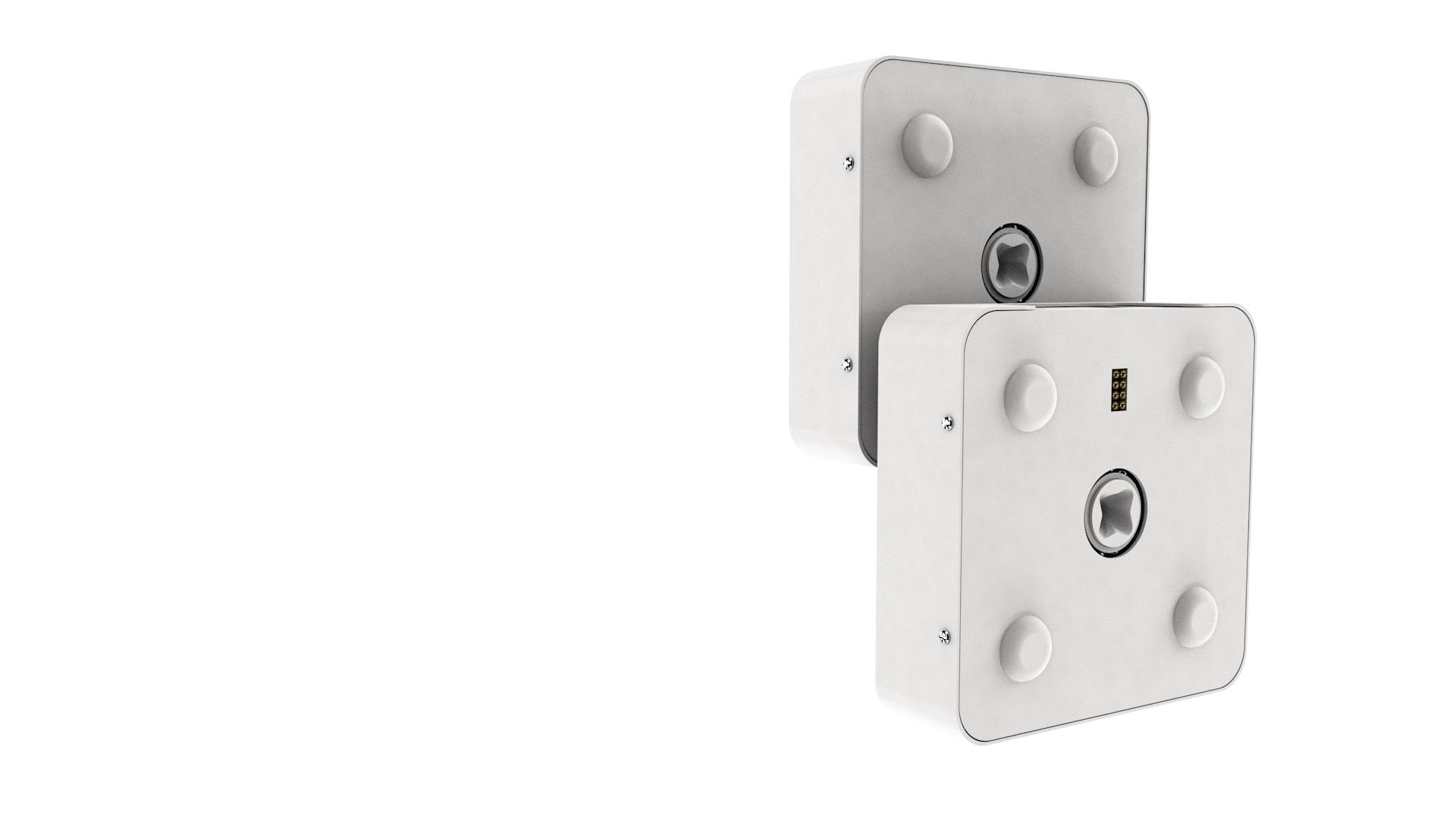
Gesture Module
Based on the technology of the Disney Research Project „Touchè“ a gesture identification module was created. With this module it is possible to create new user interactions with a knob. The module is able to detect how the knob is touched or grabbed. For example if the user is turning the knob with two fingers the user wraps the knob with his whole hand.
Temperature Module
With this module it is possible to create a thermal feedback to the user. It can create warmth as well as cold feedback to notify the user subtile and ambient about a information change, while the user is interacting with the knob in a different interaction without disturbing the user at its current action.

Tactile Module
As a actory feature a module was created which contains linear aggregators. These aggregarts were positions at different positions and rotations inside the knob. With this setup it was able to give a haptic feedback to the user in different forms as well as in different intensities.
